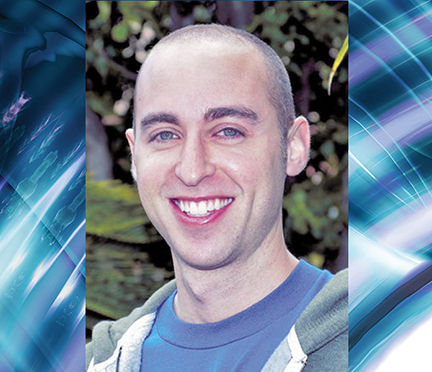I wouldn’t go so far as to say the “Big Four” in the men’s tennis world is a thing of the past, but 2014 has certainly been an unorthodox year. Things only became more confusing, or perhaps more interesting Saturday as
I wouldn’t go so far as to say the “Big Four” in the men’s tennis world is a thing of the past, but 2014 has certainly been an unorthodox year. Things only became more confusing, or perhaps more interesting Saturday as Kei Nishikori became the first Asian male to ever make a Grand Slam final.
Riding an epic wave of unpredictable success, Nishikori dispatched of world No. 1 and U.S. Open top seed Novak Djokovic (6-4, 1-6, 7-6 [4], 6-3). The 24-year-old from Matsue, Japan had taken down the tournament’s No. 5 seed, Milos Raonic, and its No. 3 seed, Stanislas Wawrinka, in five-set matches before having to face Djokovic on a hot New York afternoon. That’s a serious test for any top player to pass.
Coming into the tournament as the No. 10 seed, Nishikori was a long shot to win the U.S. Open, according to the oddsmakers. Heading into Saturday, he was already the first Japanese player to reach even the semifinals at this event since Ichiya Kumagae in 1918. Now he can add a major piece of history to his resume by becoming the first ever Asian Grand Slam champion.
While most of the die-hard tennis fans were probably hoping for a star-studded final featuring Djokovic and Roger Federer, I would imagine that many of the fans in Hawaii were and will be pulling for Nishikori during Monday’s final – particularly after 14th-seeded Marin Cilic compounded the shocking day of semifinals by crushing No. 2 Federer in straight sets. Nishikori would probably already have the hearts and minds of the Arthur Ashe Stadium crowd, but having current coach and American favorite Michael Chang seated in his player’s box leaves little doubt.
Starting with Ichiro in 2001 and Yao Ming in 2002, moving on more recently to Manny Pacquiao and Jeremy Lin, Asian athletes have become much more prevalent, popular and dominant. Those four have been the most talked about members of their respective sports for some portion of their careers. Nishikori has been around for longer than Lin had during the out-of-nowhere “Linsanity” of 2012, but his story is similar. He’s currently taking over the most international city in the world and bringing more Asian fans into the fold by playing the role of the upstart underdog.
At the year-opening Australian Open, Wawrinka became the first man to win a Grand Slam other than the “Big Four” (Djokovic, Federer, Rafael Nadal, Andy Murray) since Juan Martin Del Potro stunned Federer in the 2009 U.S. Open final. We’re now guaranteed our second champ this year outside that group and a first-time Grand Slam winner. The gap between the top four and the rest of the planet seems to be shrinking, for one reason or another. Of course there was no Nadal to contend with in this event and Murray has been battling a tough stretch of injuries, but those next-level players are no longer conceding the Slams. Whether or not that’s good for tennis, which needs its big names to perform in order to maintain casual fan viewership, remains to be seen.
The CBS network executives were hoping for the seeds to hold form, but I imagine they’ll be happy with all the Japanese viewers who will undoubtedly be tuning in at 6 a.m. local time on Tuesday morning, hoping to start their days with their nation’s greatest tennis accomplishment.
New York City was once home to a group of Mets pitchers termed “Generation K” – a group that never quite lived up to the hype of its nickname. But if Nishikori is able to put the finishing touches on his magical run Monday (11 a.m. Hawaiian time, CBS), then Japanese and Asian tennis fans may someday be dubbed “Generation Kei,” which got to witness one of the most improbable results in tennis history.
•••
David Simon can be reached at dsimon@thegardenisland.com.


